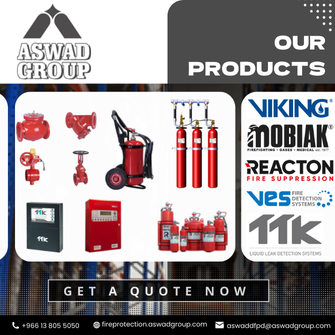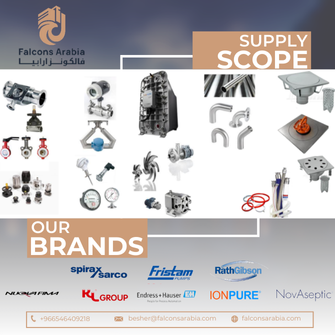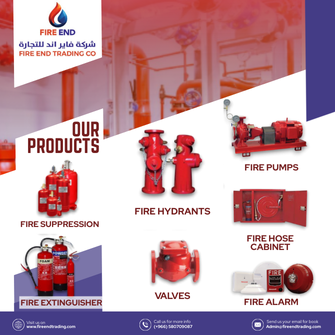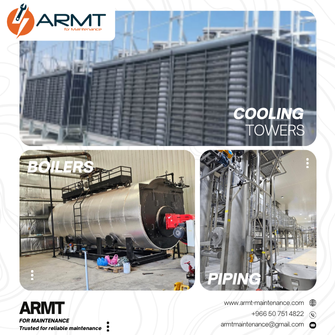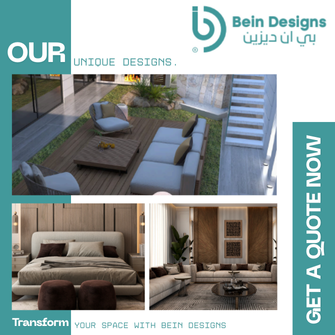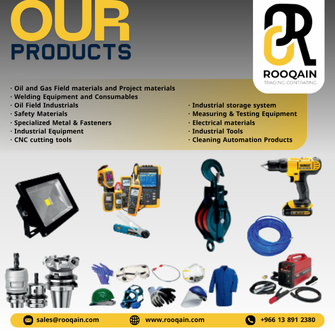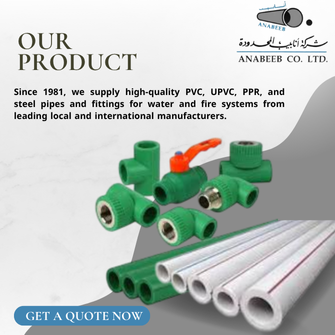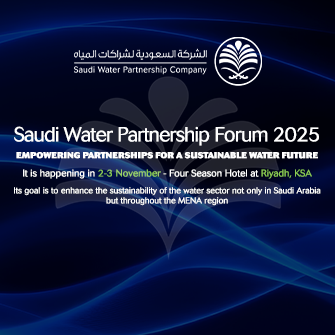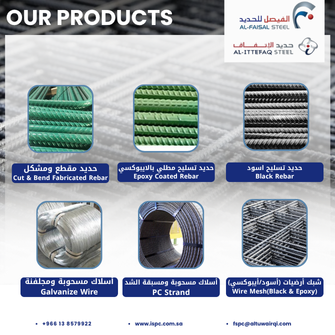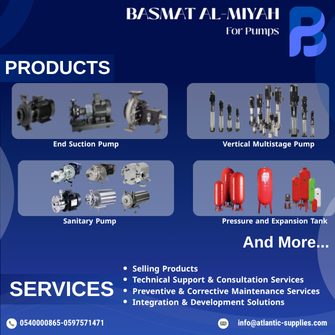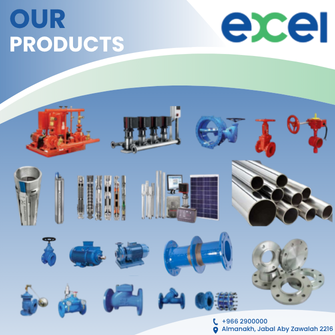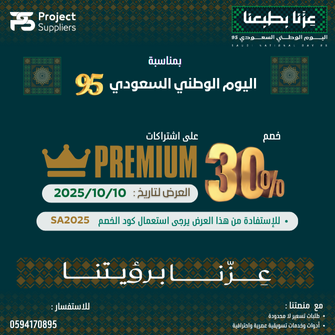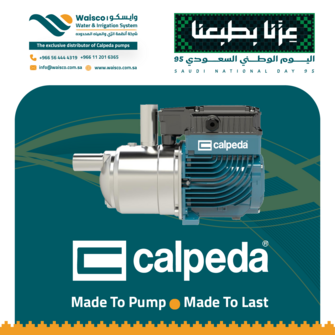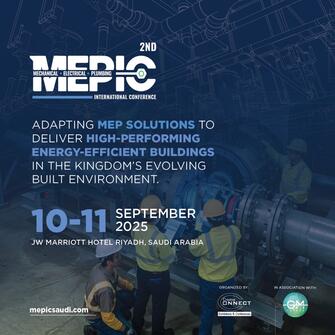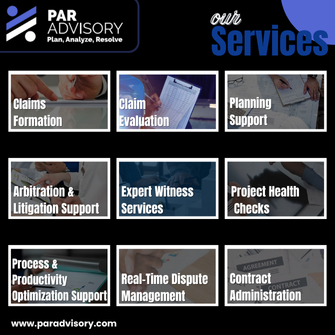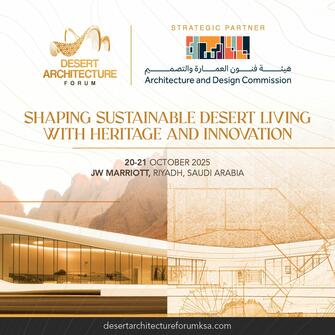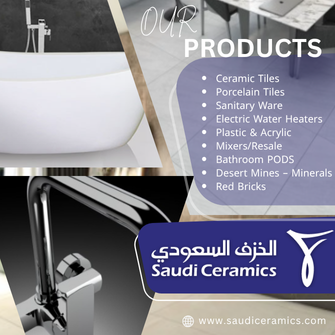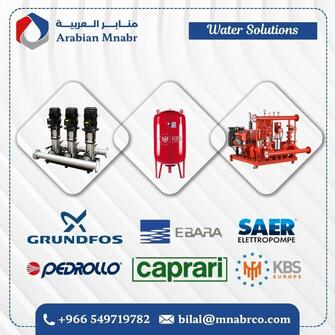advertisement
Gallery
Product Information
The modern construction era has seen aluminium become a well trusted and innovative material for the building industry. It’s versatile nature has made this metal capable of addressing the needs of the ever changing property market.
Architects seem to love the versatility of aluminium and and the various fixtures including fenestration, louvres, and building facades. One particular usage of aluminium that has soared in popularity in recent years is that of cladding.
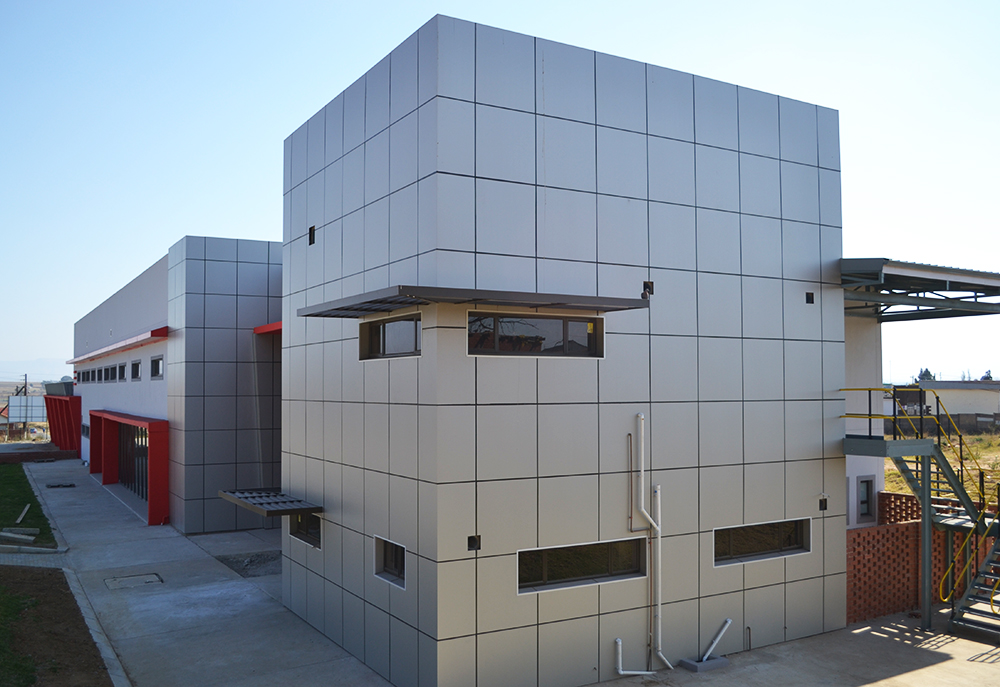
Cladding & Composite Panels
Panel cladding is a lightweight, water-tight interlocking system. It essentially protects the exterior and the frame of the building, but is also increasingly being used as an interior finish in commercial or public buildings. Besides the protection a cladding system has to offer, it also increases the aesthetic appeal of a building with its modern metallic feel.
A popular cladding solution is that of aluminium composite panels. They are lightweight, yet rigid adding a low maintenance, UV stable and waterproof finish to any building. Panels can be cut, rolled, perforated, folded, punched and drilled to form various panel designs. They are available in a wide range of standard metallic and non-metallic PVDF paint finishes. You can choose different sizes, designs and colours according to the specs of your project.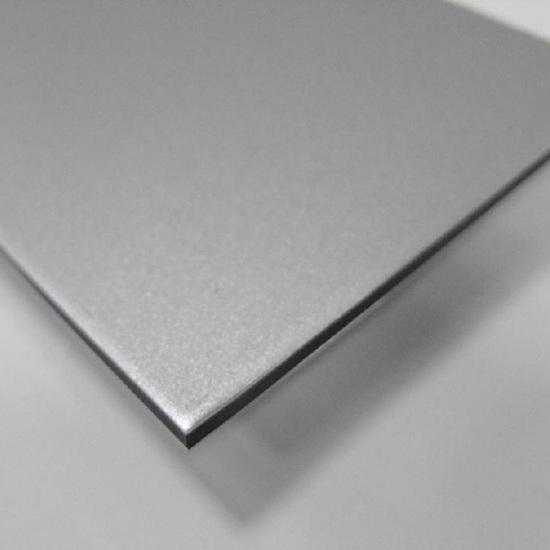
If you’re considering incorporating cladding and composite panels, you may be concerned about the overall cost of aluminium cladding. You may also wonder how durable the material is, or how much maintenance it will require. What about corrosion resistance, and resistance to fire?
Read on, as we take a look at these key considerations when it comes to incorporating aluminium cladding and composite panels into your architectural projects…
Price Advantage
When it comes to cost-effective solutions, you might be surprised how favorably aluminium composite panels stacks up against other solutions. It is actually one of the more budget friendly cladding material in the current construction market. They are also very durable and low on maintenance and this saves on future costs too. Speak to our sales team at Pro Aluminium & Glass to get a quote on your next project.
Strength & Durability
A big advantage in aluminium cladding solutions is that their construction system ensures they are highly durable. They are pre-treated and coated so they don’t rust and have a very high threshold against environmental stresses
In the case of alloys, when the aluminium is combined with elements such as silicon, magnesium, and zinc, it often becomes stronger and more durable. The complementary elements increase the strength-to-weight ratio of the aluminium while increasing its resistance to corrosion and its UV-shielding capacity.
Aluminium Cladding & Maintenance
Like with any construction material, some upkeep is needed. Long term exposure to environmental pollutants can make it necessary for aluminium cladding to be cleaned at certain intervals. This will ensure that the decorative finishes and aesthetic value is preserved because it also aids in keeping the sheen of the metal intact.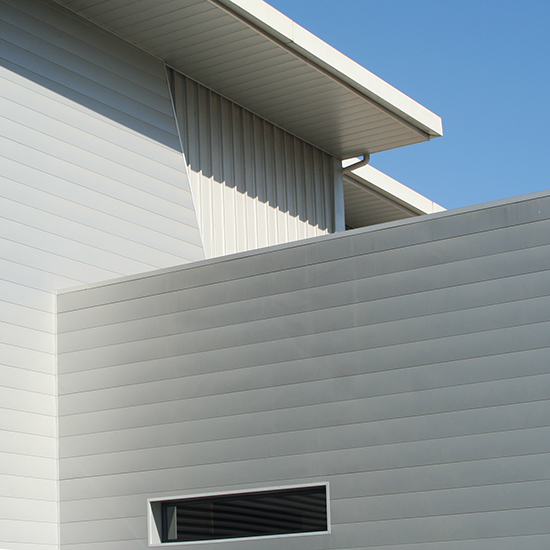
Methods as simple as pressure washing are sufficient for cleaning anodised aluminium cladding, while in the case of powder-coated finishes, a mild detergent can be used.
For project-specific maintenance however, especially in case of industrial constructions, one could approach technical consultants in order to get the best result and avoid downtime as much as possible.
Corrosion-resistance
Because aluminium construction materials are pre-treated, the question of corrosion is not an issue. But, even untreated aluminium is corrosion-resistant because of the thin layer of aluminium oxide that is naturally formed on it when exposed to air. This is the process known as passivation. Upon anodising, the thickness of this protective layer of aluminium oxide increases manifold, thereby further increasing its threshold to corrosion.
Furthermore, studies found that aluminium with a correctly balanced zinc diffusion treatment can be very effective in preventing pitting corrosion.
Aluminium Cladding & Fire Safety
Architects and specifiers should have a clear understanding of important concepts such as ‘fire rating’, ‘fire retardant’, and ‘fire resistant’ before choosing a product. Aluminium is classified as a non-combustible material for construction. It is not flammable, but melts when exposed to temperatures up to 600 degree Celsius.
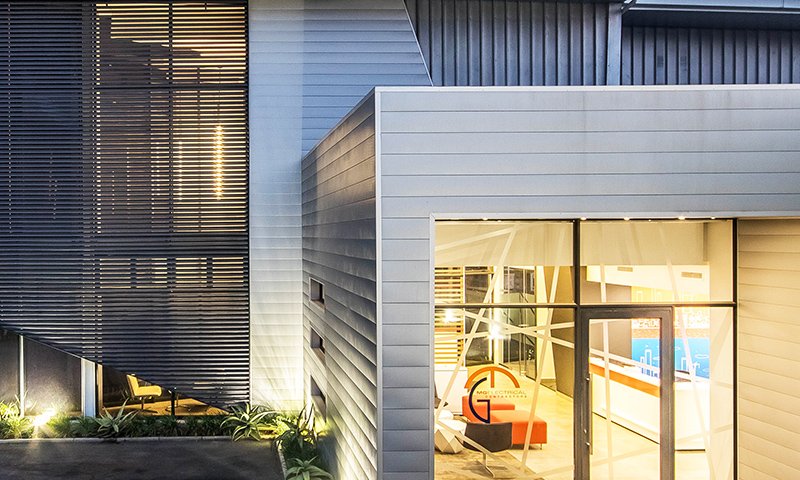
You most probably have heard of disasters involving cladding that has combustible thermoplastic cores between its sheets. These have the tendency to catch fire, but have been banned in many countries, because they obviously do not comply with global fire-safety standards.
Locally, cladding systems are Class A Fire Rated as per ASTM International standards. Composite panels consist of two sheets of aluminium bonded to a fire retardant core, and can be manufactured with different core materials to satisfy the requirements of improved fire classification.
AluPanel XT FR have a part mineral filled core for class B1 classification. AluPanel XT A2 have a non-combustible core. At Pro Aluminium and Glass we supply H Clad, Hulabond and Alubond composite panels, and all have a fire-rated core as a standard.
Looking for new opportunities in the Saudi market?
Receiving real RFQs is the key for new orders.
Here in Project Suppliers platform we gain you the new opportunity.

